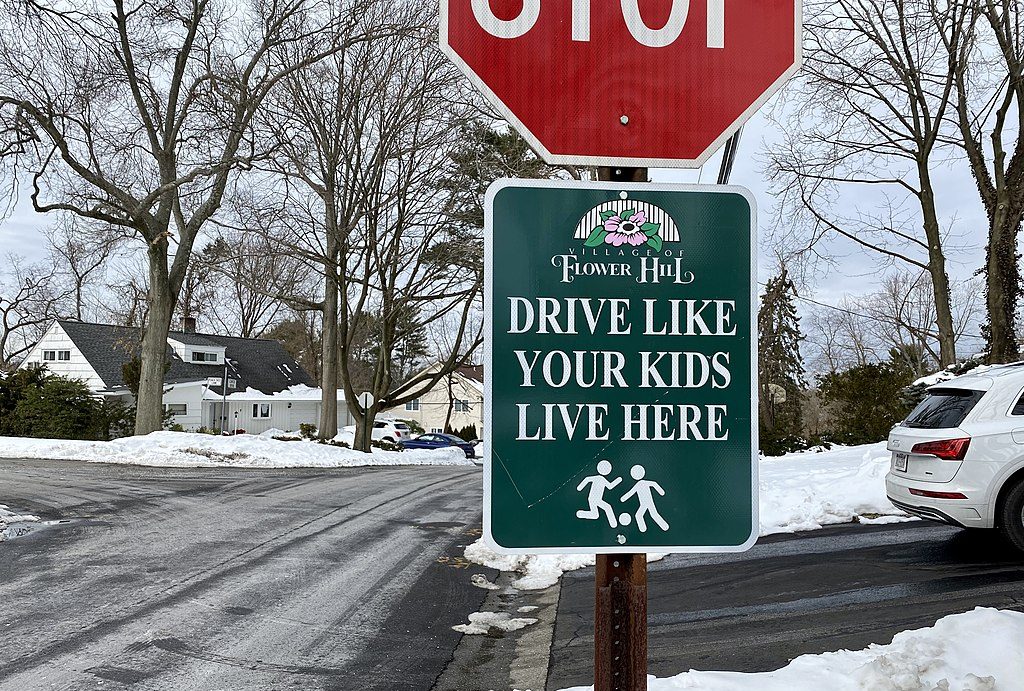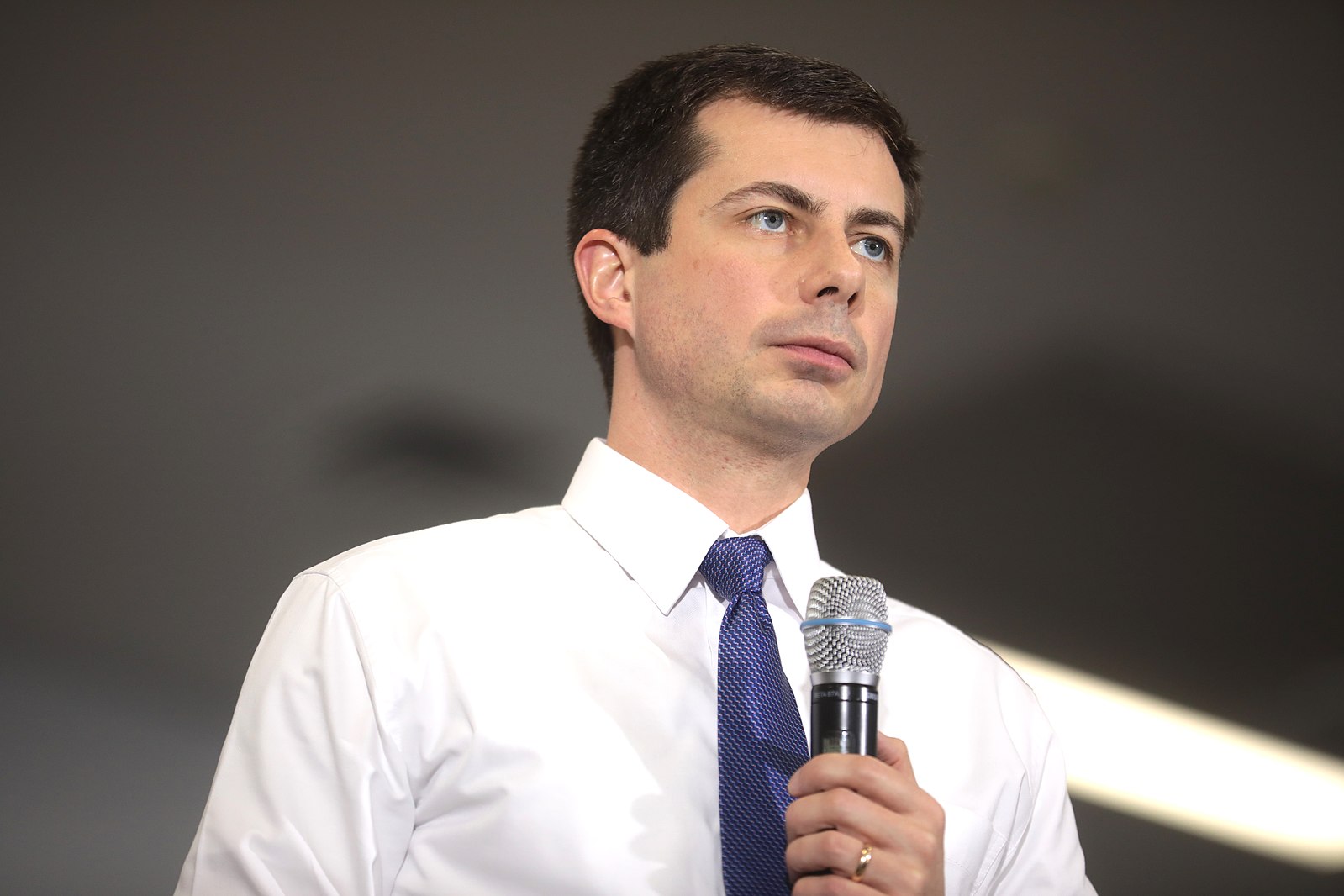1. Self-educating infrastructure
Transportation officials talk a lot about “self-enforcing infrastructure,” or road design features that cause immediate, physical consequences for dangerous driving — think a damaged muffler from striking a bollard on a sidewalk — rather than the threat of a possible consequence, like a ticket from a nearby police officer.Advocates point out that those infrastructures are self-educating, too, by sending a virtually unmissable message to drivers of how they’re supposed to behave.People seem to learn lessons pretty well from bollards, jersey barriers, and curbs. I'm sorry to say that hard infrastructure is the only thing i think will change driver behavior.
— Rust Belt Riviera Promoter (@AHHHRealScience) June 6, 2023
The only kind of traffic safety education campaign I approve of is when the DOT educates the public on how DOT projects are improving traffic safety. https://t.co/sgLRBWNl1q
— Jessie Singer (@JessieSingerNYC) June 1, 2023
2. Policymaker education
Of course, self-enforcing infrastructure isn’t very likely to get installed if policymakers don’t want it — or don’t understand why it’s so much better at preventing “human error” than just asking drivers to be safe. That’s why the Vision Zero Network has been emphasizing “upstream education” about the nuances of the Safe Systems approach for people who design our roads, vehicles, and traffic policies, rather than “downstream education” for the people who follow the cues of the built environment after those officials put it in place.Less "downstream education" to individuals (PR campaigns) & more "upstream education" to policymakers, planners, engineers, automakers, media about *their* influence, exs: redesigning roads & vehicles, lowering speed limits, aligning land use w/ safety. https://t.co/sOyDGM8H5o
— Vision Zero Network (@Visionzeronet) June 5, 2023
The only way to teach drivers that they need to treat bicyclist and pedestrians with care is to ensure that those drivers *are also* bicyclists and pedestrians, and thus understand life on the other side of the windshield.
This is why all "drive slow" PSAs are doomed to failure.— Warren J. Wells, AICP(@WarrenJWells) June 5, 2023
3. Next-level driver’s ed
Of course, immersive experiential education might seem like a tall order given the sorry state of good-old fashioned driver’s ed in the U.S. In some states, basic traffic education isn’t even required for motorists to secure or renew their licenses — while in others, that coursework is a bit of a joke, at least when compared to the much more difficult classes that Europeans must take.Some advocates, though, question whether even the best driver’s ed models are working as well as we think. One meta-analysis of driver’s education research around the world recently concluded that there’s “no evidence that driver education is an effective approach to reducing crashes or injuries,” even as it does improve “secondary outcomes, such as performance, self-perceived driving abilities … and even a small decrease in traffic offenses.”That doesn’t mean that nothing about driver’s ed is worth doing. Some advocates argue that strengthening the licensing tests and practice requirements would-be motorists must complete in addition to a classroom course could make a big difference — if only to delay the time it takes first-time teen drivers to get behind the wheel and give their still-developing brains time to catch up. Strong graduated licensing requirements could help with that, too, as could re-testing drivers at various points throughout their lives.If you mean actual driver's ed, then I support this. There's a clear difference state by state and sometimes jurisdiction by jurisdiction on how much driving is required, how much practice is required, and what's mandated on the tests. Some folks need to start there.
— Kristen Jeffers, MPA(she/they) (@blackurbanist) June 6, 2023
More rigorous training for fleet drivers — that video of bus driver trainees being close-passed while on an exercise bike comes to mind — and require much more rigorous drivers education programs in every state (and withhold federal highway money from states that don’t comply).
— Joe Cutrufo (@JoeCutrufo) June 5, 2023
4. Next-level non-driver’s ed
Unfortunately, a lot of U.S. children don’t get much of any official road safety education until it’s time to get the keys — and if they do, it’s likely to send the problematic message that they’re more responsible for preventing their own deaths than the grown-ups behind the wheel or behind their local road designs.What if, instead, Americans of all ages had to take a class that would make them more likely to choose non-driving options — and to understand the structural reasons why they’re not already the default?Advocates pointed, particularly, to programs that train people of all ages and abilities to feel confident riding local bus routes, to experience the simulated joy of a neighborhood walk before a child attempts a real one, or to learn tips from veteran transportation cyclists in a supportive community setting. Some cities have even hosted courses to train sustainable transportation advocates to more effectively participate in local decisions.I managed a free bike ed program for adults & families for 10 years & want to stress how important/underfunded these needs are. Getting people over barriers to taking more bike trips, fostering a bike community/culture by helping interested individuals meet one another…
— Robert Prinz (@prinzrob) June 6, 2023
5. Next-level PSAs (if you have to do one)
We certainly don’t blame advocates who think that the dominant approaches to traffic safety education in the U.S. are a waste of money and time at best and deeply offensive at worst. In a country where nearly 43,000 people died in traffic violence last year, sunny graphics that politely ask drivers to please slow down on roads that actively encourage deadly speeds are a wildly inadequate response, and it’s essential that we question why we spend a dime of taxpayer money on them when there’s so much work to be done.If a cheap run of posters is truly the only option, though, Streetsblog advocates say it’s critical that agencies focus their messaging on the road users causing the most harm — drivers — and educate them about the real impact of dangerous behaviors that they’ve been led to believe are harmless, like reaching deadly (and often perfectly legal) speeds. And nonprofit 20 Is Plenty stresses that we need to do so in thoughtful ways that target different segments of the population, since people of different genders aren’t always persuaded by the same messaging.This was a big campaign in NYC about 10 years back and this plus the #TwentyIsPlenty campaign in Portland OR changed how I drive in cities pic.twitter.com/OckvBYumK1
— The Boston LOL (@thebostonlol) June 5, 2023
I always wanted to deface those signs so they'd say,
"School routes are everywhere: So maybe consider walking or biking?!" haha lol.— Jonathan Maus (@Jonathan_Maus) June 1, 2023
The post Five Better Ways to Do Traffic Safety Education Beyond PSAs appeared first on Streetsblog California.








